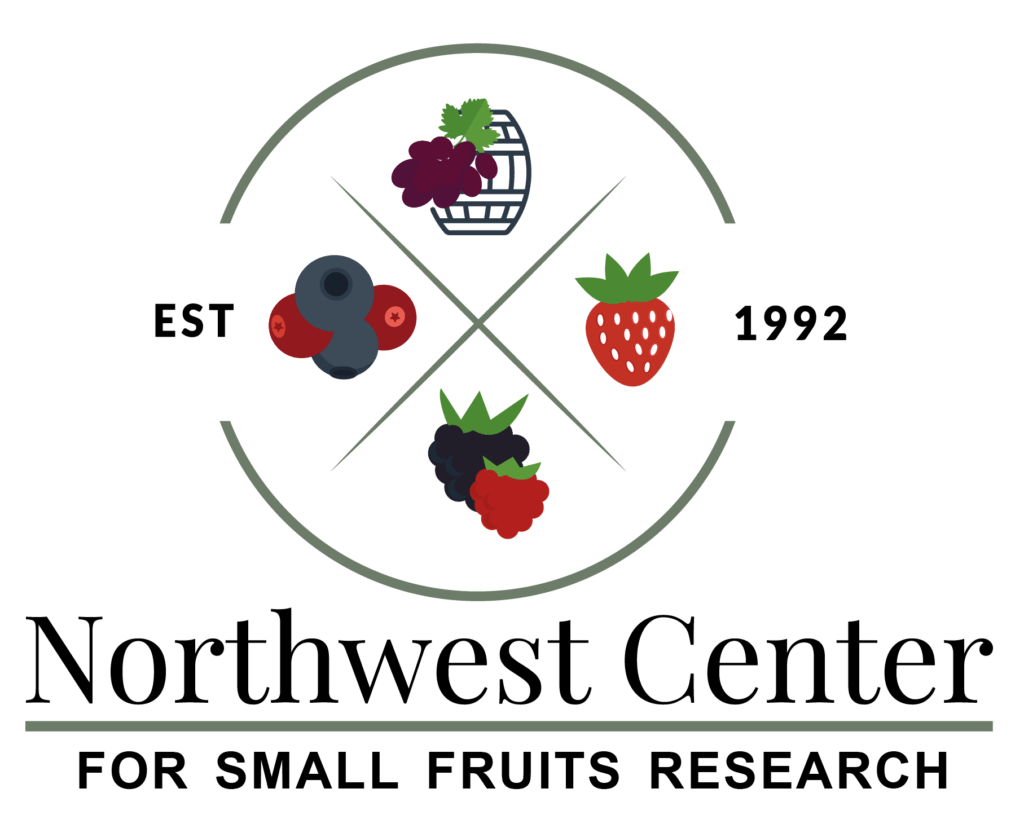Impact Of Selected Vitamins On Alcoholic Fermentations Induced By Saccharomyces
High and low nitrogen levels in grape must can cause sensory and economic issues in the production of fine wine. The amount of available nitrogen in the fermentation is key to the healthy formation and reproduction of yeast during fermentation and completion to dryness. While high levels of yeast assimilable/available nitrogen (YAN) can cause off aromas and reduction in the fermentations they typically ferment to dryness. Low YANs are problematic because there is not enough nitrogen present to ferment to dryness and stuck fermentations are often the result. Researchers found that certain vitamins successfully added to must helped to successfully ferment the wine to dryness without the development of undesirable aromas. The addition of biotin and pantothenic acid (B vitamins) were added to fermentations in varying levels for three vintages. Researchers found that grapes in the Pacific Northwest are typically low in biotin and pantothenic acid, the absence of these may contribute to stuck fermentations and the ability for yeast to access nitrogen. The addition of these specific vitamins can improve the fermentation health and promote desirable aromas in fine wine.

